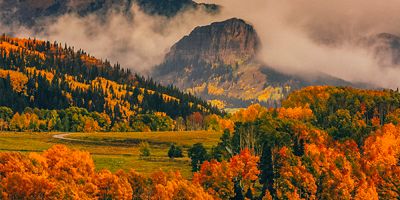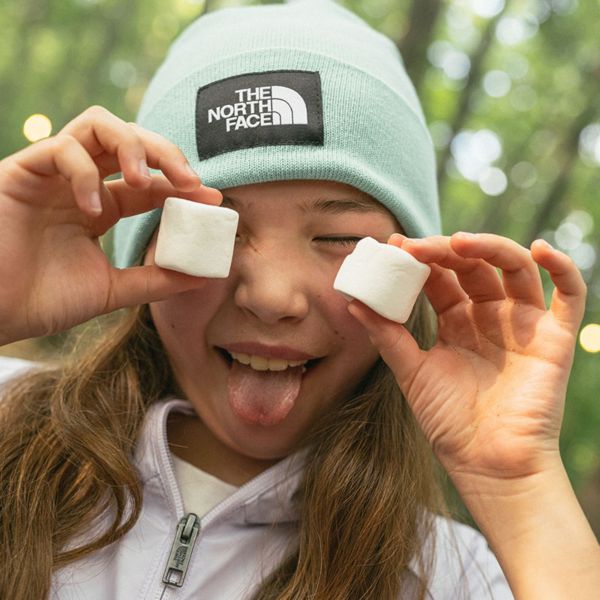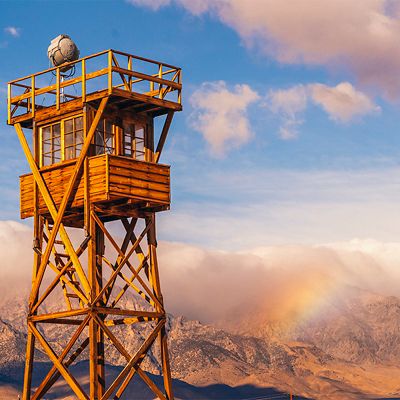It was 1972 when President Nixon signed a bill titled, “An Act to Establish the Golden Gate National Recreation Area,” and today’s Bay Area residents (plus millions of visitors) are better for it. The result is a unique, non-continuous park system that sprawls over 80,000 acres across 37 different park sites on both sides of (and within) San Francisco. Together, they preserve over 1,000 historical sites plus diverse landscapes from Muir Woods National Monument to Alcatraz Island. Active outdoor adventurers, from birders and mountain bikers to backpackers and trail runners, enjoy more than 250 trails over 140 miles of what is now a rich collage of dynamic lands and sites managed by the National Park Service (NPS).
Quick History
Once historic farmland dating back to the 1800s, the U.S. Army assumed national-defense control of much of the land from San Francisco’s Presidio (now the NPS site on the south side of the Golden Gate Bridge) to what’s now known as the Marin Headlands (on the north side) where they established various forts. With the end of World War II, the Army began selling off the land, risking it getting subsumed in the rapid urban expansion that marked the booming post-war years—much to the chagrin of local activist groups who wanted to keep the areas undeveloped.
In 1956, the NPS launched an initiative called Mission 66, which aimed to expand the national park system by the year 1966, highlighting the imperiled status of the Golden Gate National Recreation Area (GGNRA). When activist group Indians of All Tribes led an occupation of Alcatraz Island, the 19-month protest effort (from 1968 to ’69) drew international attention to Native Americans’ rights and their treaty-bound claim to out-of-used federal land (following the penitentiary’s closure in 1963), which ultimately resulted in the fed’s 1970 transfer of the island to the Dept. of the Interior and NPS—and influenced future activism aimed at the redesignation of traditional Indigenous lands.
Today, Alcatraz, with its ferry-ride access to the middle of the San Francisco Bay and its tours of the famous prison, is one historic site of many among the GGNRA. Other sites include remnants of military activity that make up 1,200 historic structures. But the majority of this national recreation area—the largest urban national park in the country, and one of the most-visited units in the NPS system—consists of trails cutting across beautiful open spaces, many of them coastal, spanning 19 different eco-systems.
How To Enjoy the GGNRA
Orient yourself to the park’s three main areas:
- Marin County—north of San Francisco and the Golden Gate Bridge
- San Francisco County—south of the Golden Gate Bridge and within the city of San Francisco
- San Mateo County—south of San Francisco.
Access is plentiful for anyone in the Bay Area, with outdoor activities for city dwellers to escape, explore, and revive among nature. Those living in San Francisco proper can ride or run the 1.7 miles across the Golden Gate Bridge (there’s a pedestrian walkway on the east side of the bridge, with bikes allowed on the east and west pedestrian/cycling lanes) to the Marin Headlands and beyond with trails connecting to the expansive Mount Tamalpais Watershed network. Within San Francisco, eucalyptus tree-covered paths in the Presidio provide a trail-running oasis amid a concrete jungle, while Crissy Field provides beachfront beauty. In San Mateo County, coastal and inland trails give the tech industry-saturated area a natural balance. Regardless of which area you’re visiting, there’s more than a few ways to enjoy the GGNRA. More info: nps.gov










